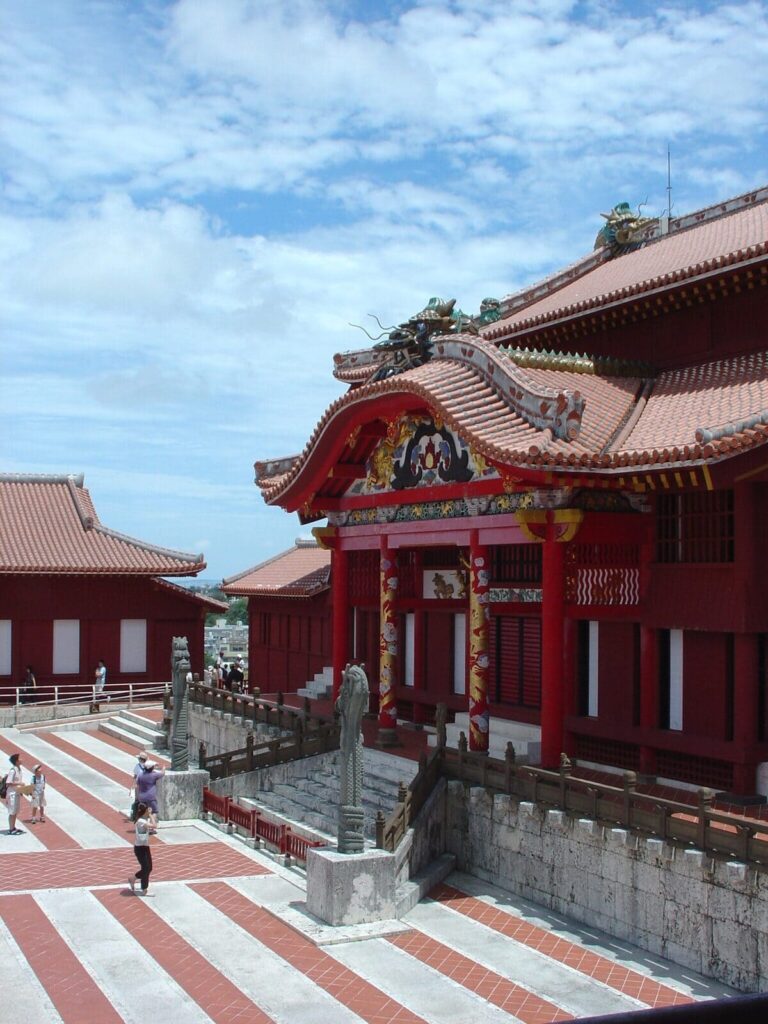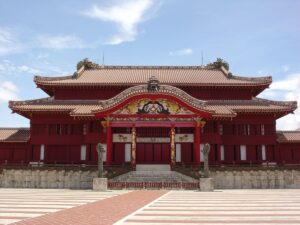The Ryukyu Kingdom: A Crossroads of Culture in the East China Sea

The Ryukyu Kingdom, a thriving maritime state from the 15th to the 19th century, occupied the Ryukyu Islands, a chain stretching southwest from Kyushu, Japan, to Taiwan. Known for its unique culture, which blends Japanese, Chinese, and Southeast Asian influences, the Ryukyu Kingdom was a hub of trade and diplomacy in East Asia. Its strategic location made it a vital point of contact between different cultures, fostering a rich heritage that remains evident in Okinawa today.
Historical Overview
The Ryukyu Kingdom was formally established in 1429, unifying several competing chiefdoms under King Sho Hashi. Its political structure was heavily influenced by both Japan and China, though it developed its distinct form of governance. The kingdom prospered through trade, exchanging goods like sulfur, silver, and pearls from Japan with Southeast Asian products such as spices and textiles, which it then traded with China and Korea.
Cultural Synthesis
Ryukyu's culture is a vibrant tapestry of influences. Architecturally, the kingdom is best exemplified by Shuri Castle in Naha, a fusion of Japanese and Chinese styles. The Ryukyu language, while related to Japanese, developed independently and includes several dialects. Traditional Ryukyu music and dance, integral to the court rituals and ceremonies, exhibit a blend of native, Chinese, and Japanese elements, often accompanied by the sanshin, a three-stringed instrument similar to the Chinese sanxian.
Diplomatic Relations and Tributary Status
The Ryukyu Kingdom played a sophisticated diplomatic game, maintaining a tributary relationship with China while acknowledging the suzerainty of the Satsuma domain of Japan after 1609. This dual vassalage allowed Ryukyu to enjoy autonomy and continue its lucrative trade. Ryukyu paid tribute to the Chinese court at regular intervals, which in return conferred legitimacy upon Ryukyu's kings and facilitated trade and cultural exchange.
Decline and Annexation
The kingdom's decline began in the 19th century when Western powers, notably the British and the French, and later Japan, sought to open the region to trade. The Meiji Restoration of 1868, which aimed to consolidate and modernize Japan, marked the beginning of the end for the Ryukyu Kingdom. In 1879, Japan formally annexed the kingdom, reorganizing it into Okinawa Prefecture, thus ending several centuries of semi-independent rule.
Legacy and Modern Significance
Today, the legacy of the Ryukyu Kingdom lives on in Okinawa. Despite the substantial changes brought about by Japanese rule and the devastating impacts of World War II, many aspects of Ryukyu culture have endured. The kingdom's tradition of openness and cultural exchange continues to define the islands' identity. Festivals, music, dance, and cuisine that originated during the kingdom's era are celebrated and remain integral to community life.
Preservation and Cultural Revival
Efforts to preserve Ryukyu's heritage have intensified in recent years, highlighting the importance of this unique culture in the global narrative. UNESCO's recognition of several sites, including Shuri Castle, underscores the international value of Ryukyu's historical and cultural contributions. Furthermore, there is a growing movement within Okinawa to revive the Ryukyu languages and traditional practices as symbols of identity and resilience.

